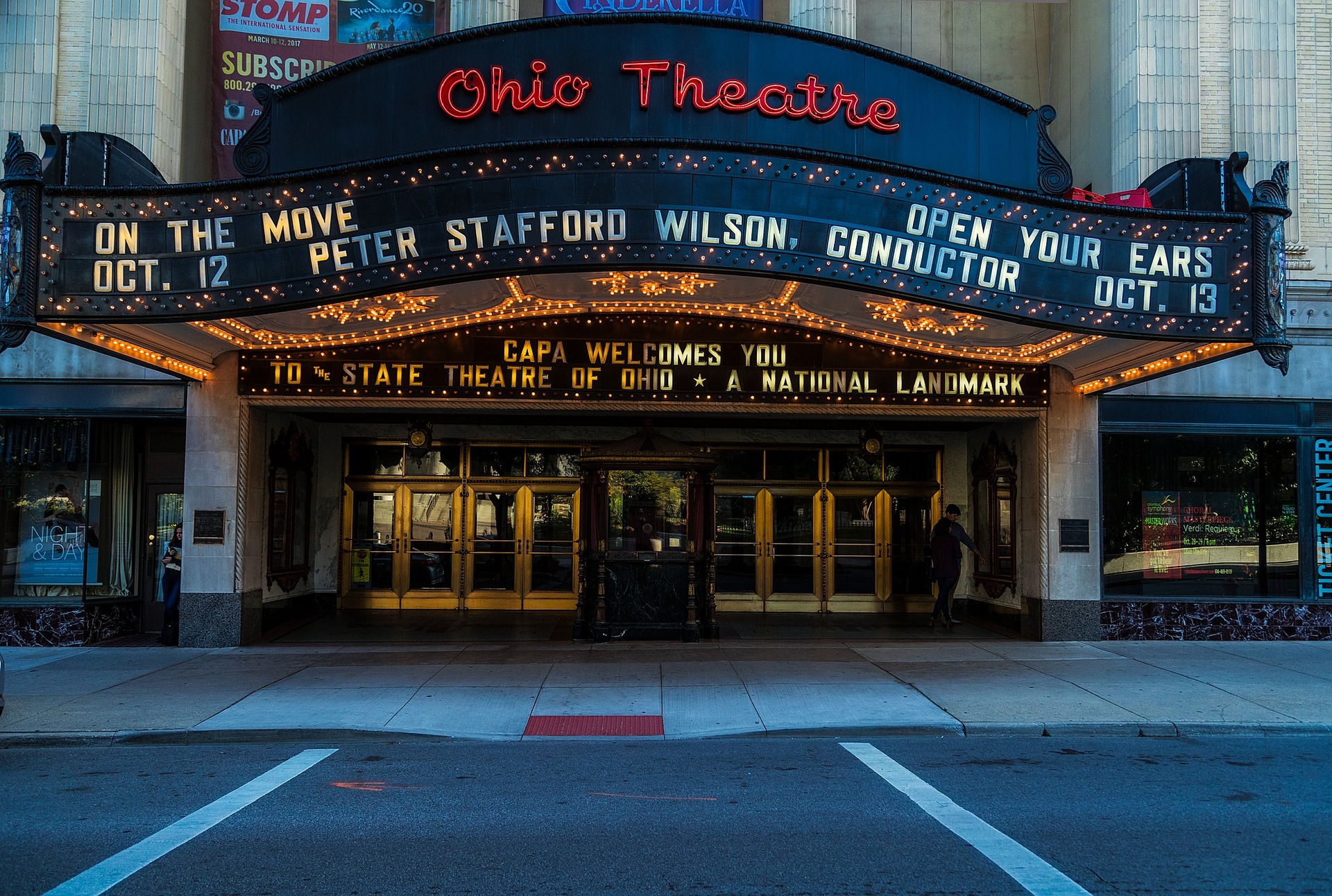Synesthetic Spectacles: Film's Innovative Intersection with Sensory Perception
Film's power lies in its immersive quality, but few exploit this potential quite like those that experiment with synesthetic experiences. Journey into the world of synesthetic cinema - a realm where sight, sound, and other senses merge to form a symphony of perception.

Synesthetic Cinema: An Art Form Comes to Life
In film, we often consider visuals and acoustics independent of each other. Still, synesthetic cinema rebels against this idea by intentionally blurring sensory boundaries. Pioneers of this practice utilized experimental cinematography techniques—such as colored filters or rhythmic editing—to tie visual stimuli with auditory ones. In more recent years, directors have incorporated complex sound design and haptic technology to extend the sensory experience beyond just sight and sound.
Recent Developments in Sensory Integration
In the ever-progressing realm of technology, synesthetic cinema has found its footing. Films are incorporating smell or temperature to accompany the visual experience, thus expanding the viewer’s sensory horizon. A recent example is South Korean director Bong Joon-ho, whose team released a ‘smell-b-gone’ card with his film “PARASITE,” offering sensory subtexts.
Impact and Significance: Transcending Entertainment
Synesthetic cinema isn’t just an entertainment gimmick; it goes beyond that, shaping how we perceive and interact with art. By breaking down sensory barriers, these films encourage viewers to engage more intimately with the medium and establish an empathic bridge between the audience and the characters. This innovative approach also pushes filmmakers to explore new creative arenas, encouraging the evolution of cinematic expression.
Reception and Critique: A Divided Audience
Reception to ‘multi-sensory’ film has been mixed. Challenges have included the need for specialized equipment and debates about the prerequisite of ‘authenticity’ in sensory stimulation. However, the art form continues to forge ahead, with proponents arguing that its unique blend of sensory inputs can deepen contextual understanding and emotional engagement with a film.
Future: Pushing the Boundaries of Experience
As technology advances, the potential growth of synesthetic cinema is immense. The future lies not just in 4D movie theaters, but in personal devices that can decode ‘sensory’ metadata embedded in films. Soon, viewers might be swept into a rain-soaked scene not only through sight and sound but by feeling droplets on their skin.
In conclusion, synesthetic cinema is redefining the parameters of film-making and story-telling. By challenging audiences to engage with film on multiple sensory levels, it strikes a compelling balance between art, entertainment, and innovative technology. Its future promises to redefine our cinematic experience, where every film becomes a total sensory immersion, carrying the potential to revolutionize the entertainment industry as we know it.




